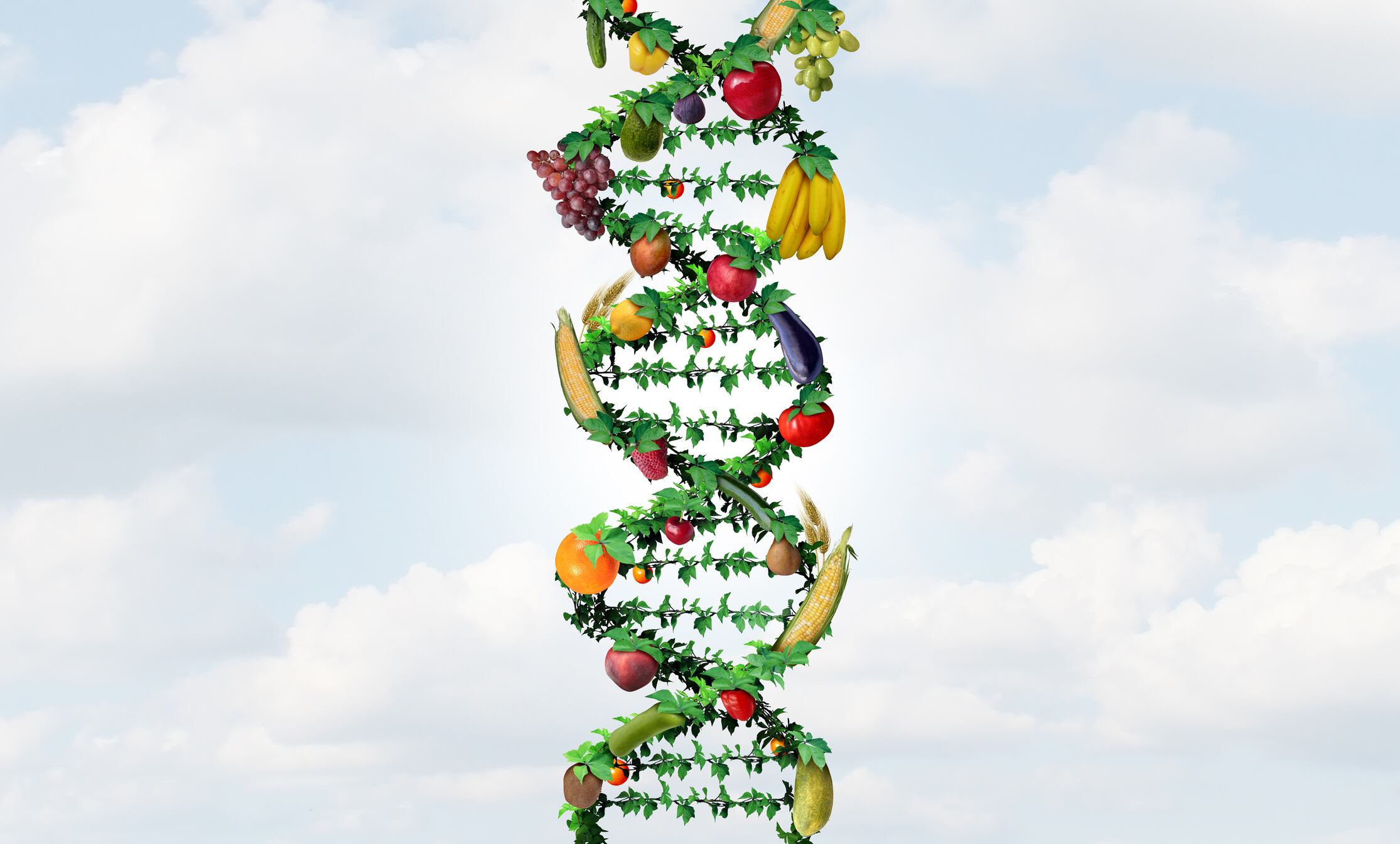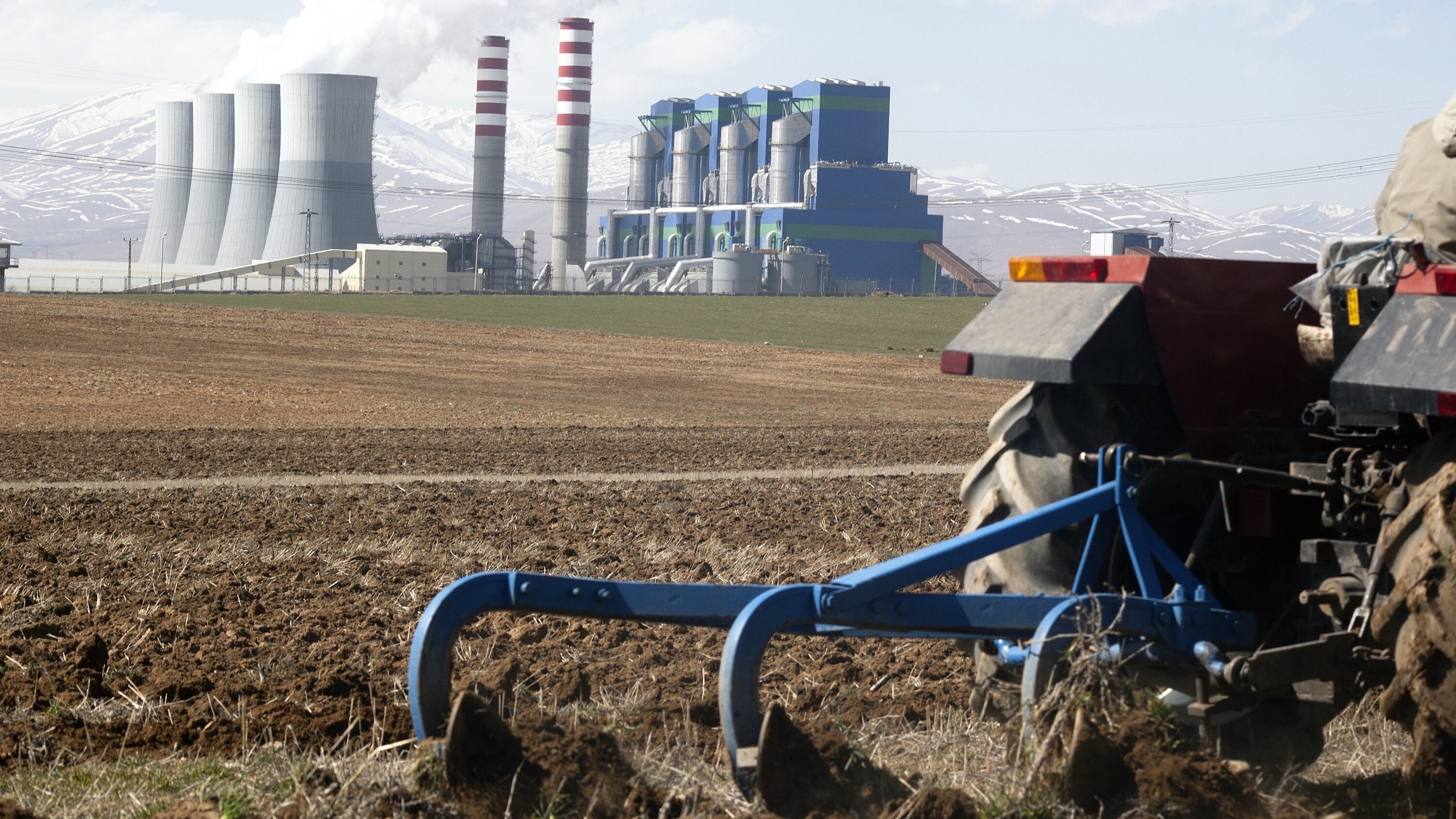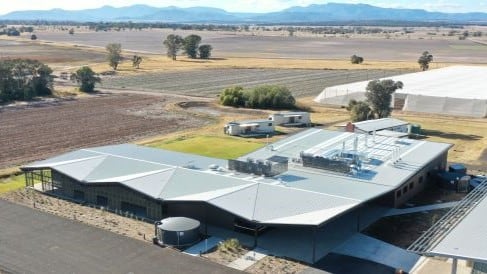According to researchers from the University of Queensland, Australia, there are four key applications of artificial intelligence (AI) to support smarter decisions in crop and livestock breeding.
What to breed?
One of which is deciding what to breed.
Traditional bioeconomic models used for this purpose tend to be skewed towards farmers preferences and are limited by the ability to account for certain traits related to risk, changing climates, and consumer preference.
As consumer acceptance gets increasingly prioritised in food production, the researchers posited AI as “a good way to pull together the preferences of millions of people.” Related traits like flavour of products and animal welfare could be accounted for as well.
“For example, the power of large language models to embed text in vectors and then generate outputs as functions of these vectors could translate online surveys sent to millions of consumers to derive future trait index weightings,” they added.
Quality of breed
Secondly, AI has been used to analyse large data sets across genetically diverse populations to better sieve out targeted traits in plants and animals.
AI’s advantage over other approaches is its ability to develop trait values useful for farmers and producers to improve their operations. They are also of low cost and uses non-destructive sensing technologies.
For example, the use of drone images has been used to predict biomass and radiation use efficiency for crops and the use of mid-infrared spectra of cow milk samples have been used to predict pregnancy and efficiency.
Breeding process
Before the actual breeding happens, AI is able to predict how good a variety is going to be for breeding based on genetic marker information. However, the research has shown that machine learning is still limited compared to the conventional genomic prediction method.
The genomic prediction method selects parents to breed for the next generation based on estimated breeding values developed from the phenotypic and genomic data.
“Results from over 200 studies found that, with rare exceptions, best linear unbiased prediction (BLUP), the most widely used model for genomic predictions, matched or outperformed the machine learning methods,” the research showed.
To tackle potential challenges of AI for this purpose, the researchers proposed to incorporate prior knowledge of BLUP into machine learning algorithms, and increase the data used for prediction by pooling data sets from livestock and crop breeders.
Preventing errors in breeding
AI, such as differential evolution approaches, could be utilised to select and allocate crosses of parents in breeding.
“Designed crosses of parents have been used in livestock and crop breeding to exploit heterosis (hybrid vigor), reduce inbreeding and avoid breeding progeny with recessive defects,” the paper explained.
The researchers had asked to shift the focus from individual genetic lines to a breeding collection, with the aim of choosing parental crosses with the “the highest possible genetic merit for the trait.”
“You might have one good chromosome segment in a line that is otherwise not so good, but AI can identify the optimal crossing path to combine it with other segments across the genome and develop a new and superior genotype.”
An AI-informed selection could accelerate the development of high-quality genotypes ready for evaluation in approximately one to two years, the researchers added.
The researchers concluded by highlighted the innovation gap to incorporate AI algorithms into traditional predictive breeding methods to maximise crop and livestock breeding.
“Looking ahead, the most promising contribution of AI to feeding the world could potentially lie closer to the farm gate. The flexibility of AI algorithms to integrate diverse data types could facilitate the connection of existing data silos across crop and livestock science.
“These integrated prediction algorithms may have a better chance at unravelling the complex interplay between genetics, nutrition, agronomy and the environment that influence on-farm performance,” they stated.
Source: nature biotechnology
“Advancing artificial intelligence to help feed the world”
Authors: Hayes, B.J., et al.




